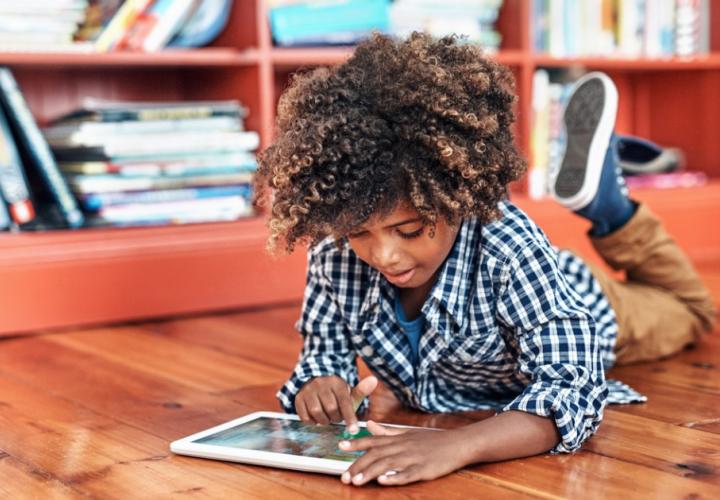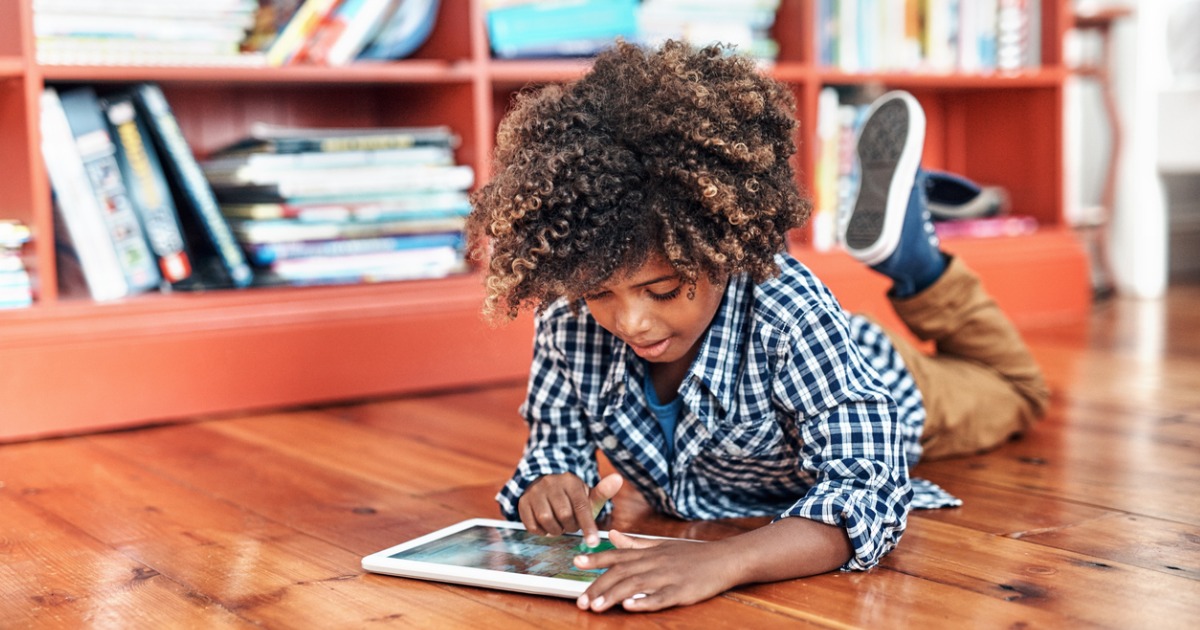Calming Apps
1. Breathing apps: When we slow down our breathing, it helps us chill out and manage our emotions too. There are lots of apps to help kids practice this, like Breathe to Relax: Your child breathes in when the bar goes up, and out when the bar goes down. Simple.
2. Meditation apps: Meditation helps us feel more patient with our emotions, and over time, actually boosts happiness. For kids, I’m a fan of the Headspace app, which includes a Headspace for Kids But if you don’t want to pay for a subscription, you can find other free, guided meditations on YouTube.
3. All-around calming apps: Some apps offer all of the above, from breathing techniques to guided meditations to sleep stories. One of my favorites is called, literally, Calm. You can pay for all the bells and whistles, but the app has free resources too – including an entire section for kids.
4. Coloring apps: Coloring helps kids (and adults) cope with swirling emotions by focusing the brain on just one thing. In my opinion, nothing beats the smell and feel of actual Crayola crayons – but when that’s not practical, you can always download a coloring app. The Anti-Coloring Book Collection focuses on self-expression for kids.
>Related: Creating Routines to Help Your Child Cope With Uncertainty
Exercise Apps
5. Apps to burn energy: Some kids need to calm down when they get emotional… and other kids need to move their bodies! Often, when kids get destructive or have behavioral issues, it’s because of pent-up energy. To get moving, I like SWorkIt for Kids, which includes workouts designed for limited spaces, and NFL PLAY 60.
6. Yoga apps: Yoga can be used for calming down and releasing pent-up energy (and emotions). There are lots of apps out there, along with free YouTube tutorials. To get started, try Pocket Yoga, which is great for kids and adults. You can practice alongside your child!
Whole Wellness Apps
7. Sleep tracking apps: Emotions are linked to mood, which are linked to sleep – so it’s important to know what kind of sleep your child is getting. There are hundreds of sleep-tracking apps out there, plus wearables like smart watches and fit bits. I often recommend Sleep Cycle.
8. Sleep assist apps: Kids sometimes need help relaxing so they can get good sleep. Again, there are lots of apps for this; Sleep Bug and Relax Melodies are two of my favorites. We all sleep better when it’s pouring rain outside (or sounds like it), don’t we?
9. Hydration apps: So many things affect our emotions. “Dehydrated” is a mood! Plant Nanny is a great app that teaches kids how to drink enough water – because, as I tell my patients, we need to treat ourselves like houseplants with emotions. That includes getting enough sunlight, food and water.
10. Healthy eating apps: Of course, how we eat also influences our feelings. (“Hangry” is a mood too!) To teach kids about healthy eating, I like apps like Fooducate: Have some fun scanning bar codes, then talk to your child about what it says about the food. Is there a healthier option they might like? You can also try the Eat & Move-O-Matic app, which shows your child how many calories (energy) they get from food, and different activities they can do to use that energy.

